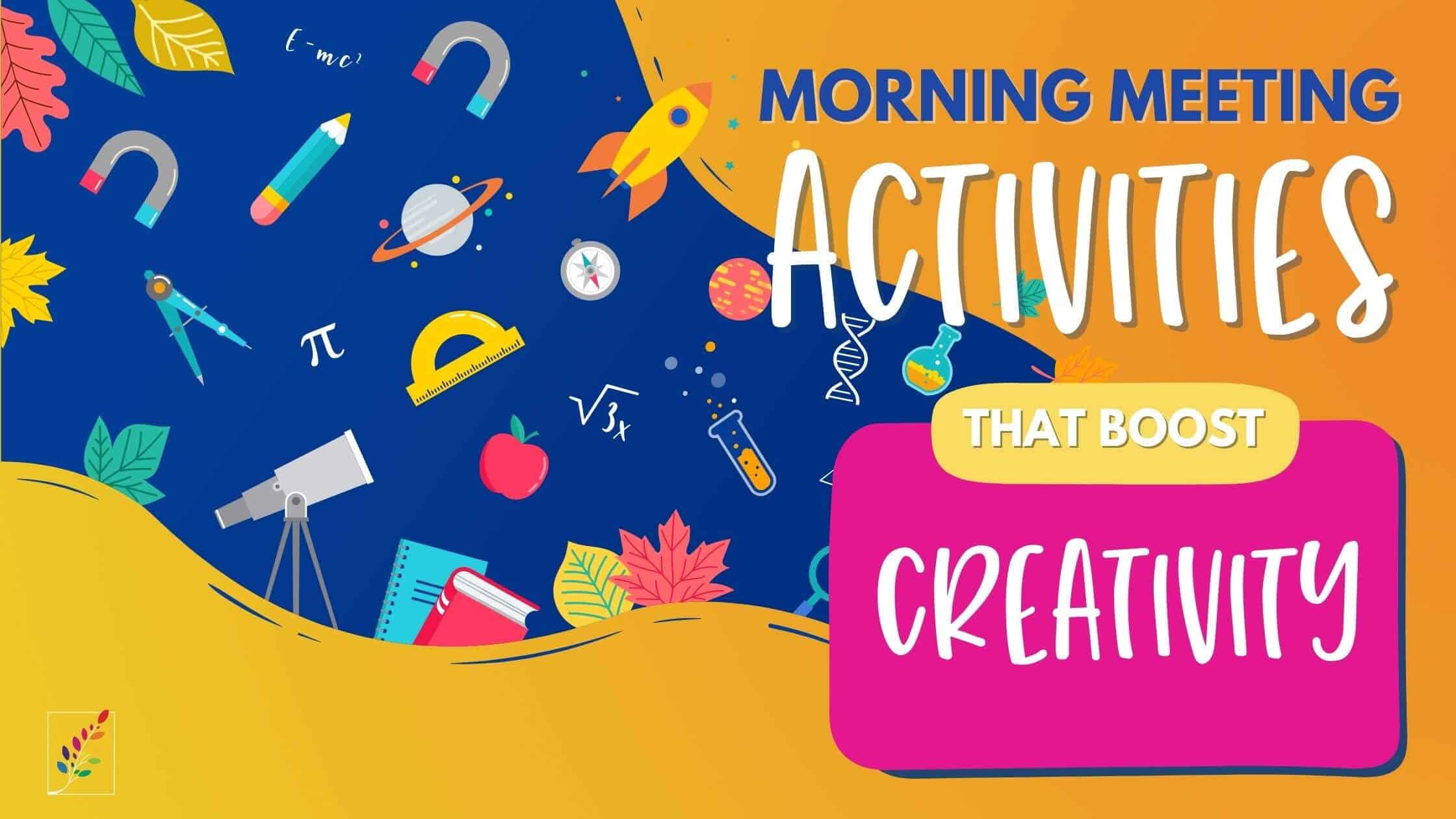JOIN US FOR THE 2025 ARTS INTEGRATION & STEAM CONFERENCE – LEARN MORE
One of the struggles we are asked a lot about by educators looking to use arts integration or STEAM is usually regarding what techniques or supplies they should use. Watercolor is a fantastic medium to begin with! It’s inexpensive and easily cleaned up, as well as versatile and a fun way to engage students in the classroom. It doesn’t matter if you’re using liquid watercolor or the typical pans used in school, the possibilities are endless.
Watercolor Care and Overview
As with any art medium, taking proper care of the supplies is a must – and luckily, it’s also pretty easy! Since watercolor cakes have the tendency to dry and crack, you can slow down this process simply by storing them away in a wood or metal box. For watercolor tubes (also known as liquid watercolor), just make sure that the cap is placed back on after each use.
To care for the brushes is almost as easy and equally as important. Start by rinsing the bristles in clean water and remove excess water by either gently pressing them with cloth or shaking them dry, and then gently smoothing the bristles with your fingers. If there is color on your fingers after you smooth the bristles, they’re not clean so it’s time to break out the soap. Re-wet your brushes, put the soap on the bristles, and then use your palm to work it into a lather. Rinse the brushes and lie them flat on an absorbent paper or cloth. Once they’re dry, store them in a container with the bristles up. Don’t dry your brushes upright as water will seep down into the ferrule and cause the handle to swell and spread the bristles. That’ll affect the shape of the brush, which could change the whole look of future artwork!
As we discussed earlier, we all know what causes most classroom watercolor pallets to meet their untimely demise. Not only do they dry out, but there always seems to be that kid who takes a brush and runs it through one color after another until each vibrant square is left a muddy mess.
Who can blame them? It’s mesmerizing to watch one color run into the other and swirl around into another hue. We, as teachers, also have to foresee this cross-generational instinct to mix colors and make it work for us and not against our supplies.
Mixing colors is one of the most gratifying activities when it comes to painting. So instead of discouraging this behavior, include it in your lesson. Students love to help, so ask them to help create a wide range of different colors when you begin setting up.
Liquid Watercolor
Liquid watercolor is a much better option to do this with than traditional watercolor. It may not be as familiar to some so we’re including tips for use, as well as pros and cons for liquid water that we’ve discovered along the way.
Pros:
- Color range: There is a large range of colors that can be mixed easily. The possibilities are endless!
- Cost efficient: Liquid watercolor comes in long-lasting, concentrated bottles of dye-like paint. The more water you mix with the watercolor, the lighter the color.
- Metallics and glitter: Liquid watercolor comes in metallics like pearl, gold, silver, and bronze. They can be used alone or mixed with colors.
- Easy to Use: There are no water cups required! Just place two brushes in each paint cup. We recommend one small and one large bristle brush for each. Add brushes as needed. No need to rinse brushes between uses.
- Easy clean-up: Liquid watercolor paint easily washes off brushes and cups. When students are finished, they can easily clean the brushes by simply rinsing the bristles. Place lids on the paint cups filled with watercolor and store. It’s that easy!
Cons:
- Temporarily stains skin: Liquid watercolor will wash off eventually, but you will be colorful for a bit.
- Temporarily stains surfaces: Difficult to wash off tables. You can circumvent this issue by placing paper or plastic over the table- or desktop to eliminate temporary surface stains.
- Black is not very dark, even in concentrated form. Simply complement with black markers or permanent markers!
- Red is sometimes a little pink in hue.
- We do not recommend the neon liquid watercolors. They’re gooey, yet thin at the same time.
How to Get Started
- Place a little bit of concentrated watercolor in a no-spill cup and add water. Remember, the more water added, the lighter the color will be. Add drops of other colors to create a color of your own!
- Put brushes in paint cups and begin.
Tips from the an Art Teacher
- Mixing complementary colors together will result in brown or gray. Complementary color combinations are: yellow and violet, blue and orange, and red and green.
- Place paper or plastic under your painting to eliminate temporary surface stains.
- Explain to students that the brushes think of the cup as their “home” and they may take trips to your paper, but always want to come back “home.” This will cut down on the possibility that students will accidentally mix colors.
Watercolor Techniques and Connections
As we’ve said before, watercolor is one of the more versatile visual art mediums out there. In addition to benefits like its vibrancy, quick drying time, and even quicker set-up and clean-up time, there are so many connections you can make back to your curriculum with ease. Here are some of our favorites:
1. Watercolor + Salt Technique
Watercolor + Salt Process
- Step 1: Paint a section of a paper.
- Step 2: Sprinkle salt on wet paint
- Step 3: Let the paint dry with salt
- Step 4: Brush salt away and reveal star-like bursts.
- Step 5: Some salt may dry with the paint creating physical texture or a rough surface.
General Connections
The salt technique is a scientific process and has a strong chemistry connection that is perfect for night skies, drawn constellations or moon phases, underwater scenes, or any scientific drawing. We recommend taking a look at the Artful Thinking Science or Textured Fireworks lessons to incorporate this technique.
2. Watercolor + Physics (aka Splatter Painting)
Splatter Painting Process
- Step 1: Instead of paint brushes, use toothbrushes!
- Step 2: Dip toothbrush in the paint cup
- Step 3: Holdover the paper and flick the bristles to create paint splatters
General Connections
Splatter Painting can be used to add movement to painted objects, but also decorate papers for weaving, collage, and paper sculptures. Recommended lessons for this technique are our Patchwork Flag or Shape Shifter lessons.
3. Watercolor + Force
Watercolor + Force Process
- Step 1: Place a drop of paint on your paper
- Step 2: Use the straw to force the paint in different directions
General Connections
This technique, also known as spider or blow painting, is a perfect way to introduce or reinforce the concept of force with your class. The harder the air is directed at the paint, the further the paint travels. Like splatter painting, it can also be used as a decorative element for paintings done in the classroom. The hair on an animal or a comet in the sky. Our recommendation for a lesson that would work well with this concept is our Coloring Sound lesson.
Applications for Watercolor Techniques
Watercolor techniques are a versatile and fun way to engage your students within the classroom. It doesn’t matter if you’re using liquid watercolors or the typical pans used in school, the possibilities are endless. Here are some ideas for ways to incorporate the watercolor techniques shared in this sample session:
Science
Study animals in their natural habitats. Create their habitat using at least two of the techniques listed above. For instance, the hard shell of the sea turtle can be created using the salt technique. The ocean can be create with the watercolor wash. Describe the differences in texture and how they blend or do not blend into the environment.
Language Arts
Writing using texture and descriptive imagery is difficult. Make it a little more concrete by having students imagine what their story will be about. Then they can paint it using the watercolor techniques above. Then, have them write the story while describing what each character or background looks and feels like. The writing is much deeper and meaningful using these watercolor techniques.
Math
Have students make their own “custom color” by mixing paint colors and using water to lighten or deepen the shade. When the students mix their colors using this watercolor technique, they must record the ratios of paint to water they are using so that they can know their “secret formula”. Students can then create a 4×4 square of their custom color and the secret formula is written on the back. Create a class quilt of custom color squares and review the formulas and ratios on the back.
Using watercolor painting in the classroom during an arts integration lesson plan is a fun and exciting technique! We hope these exciting techniques and lesson plans have given you some great ideas for engaging and connecting with your students.






